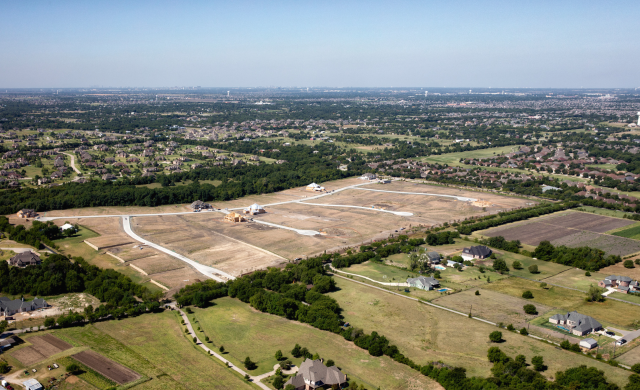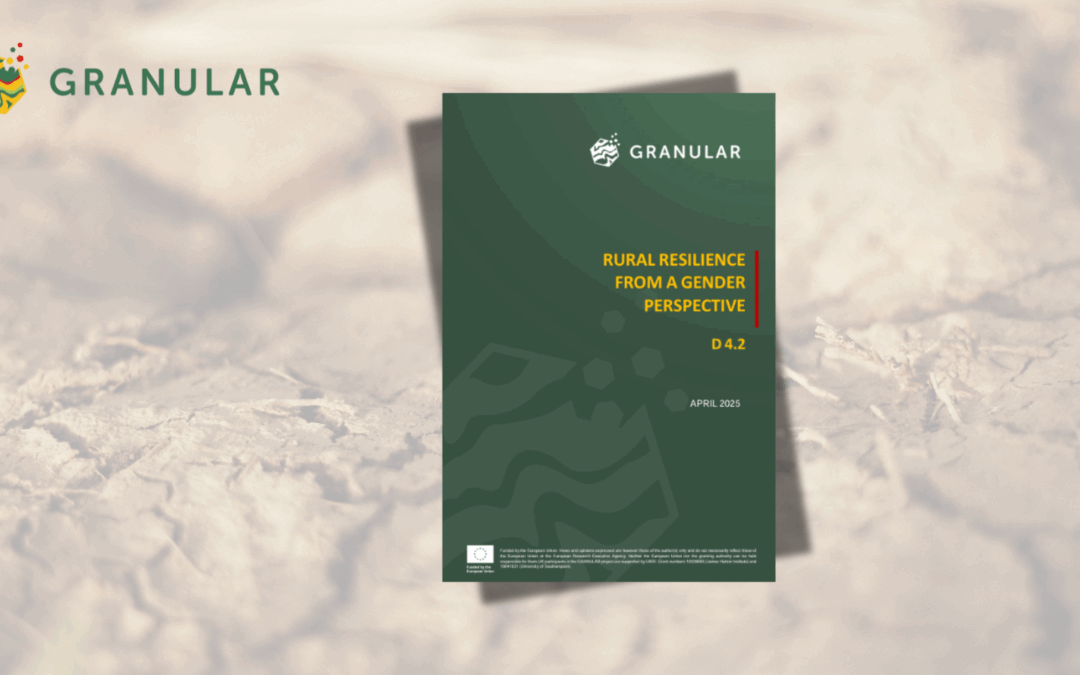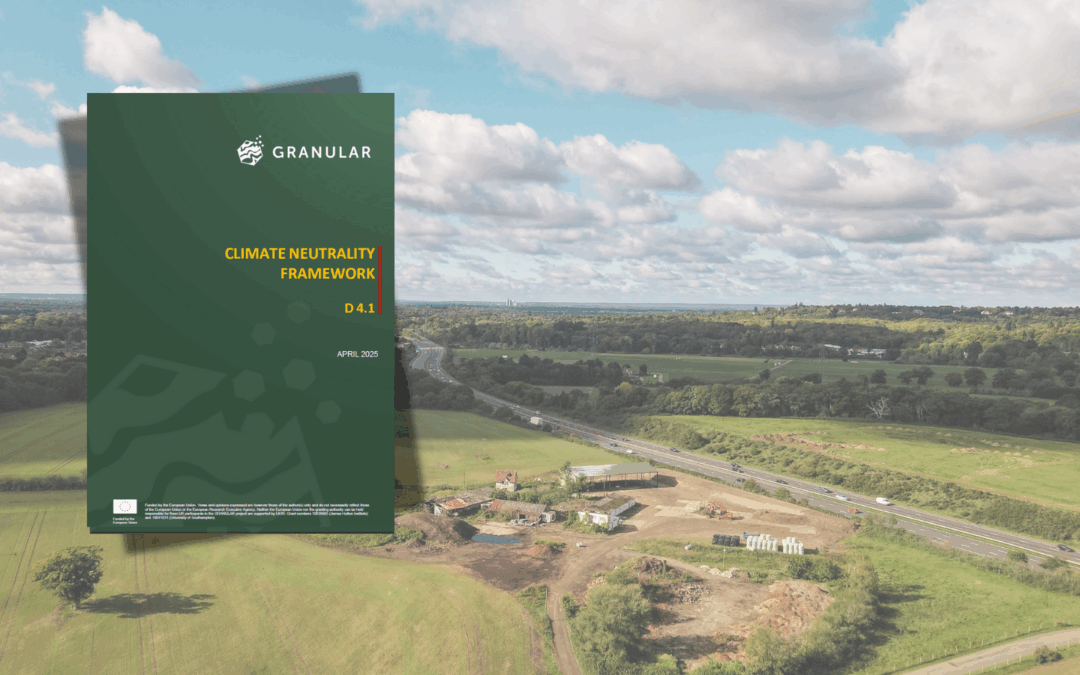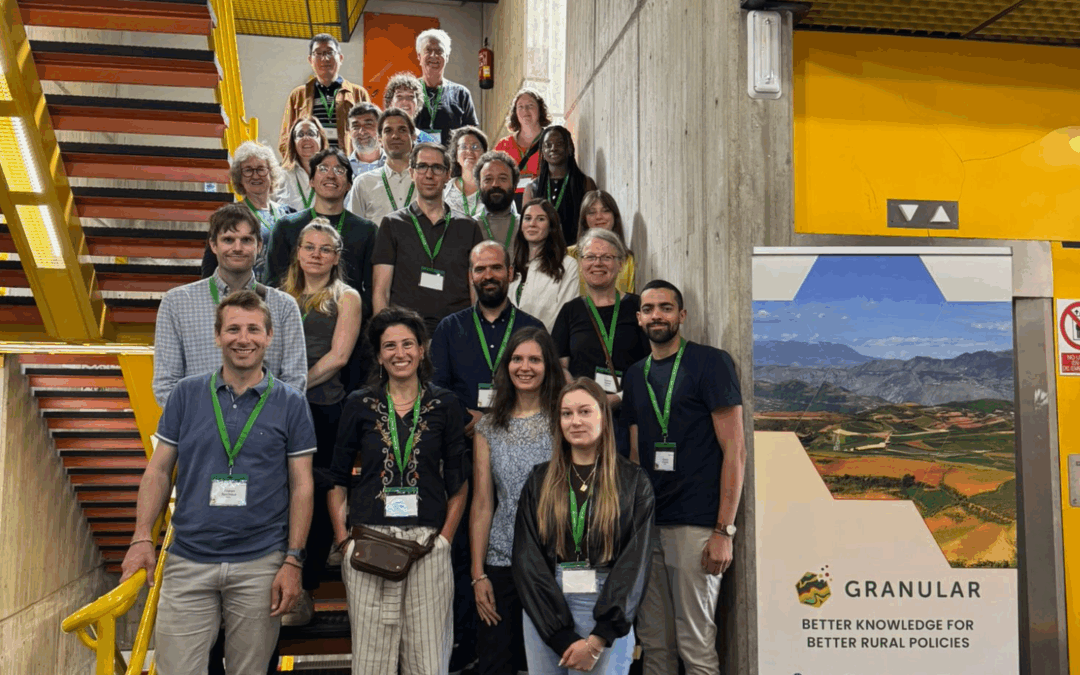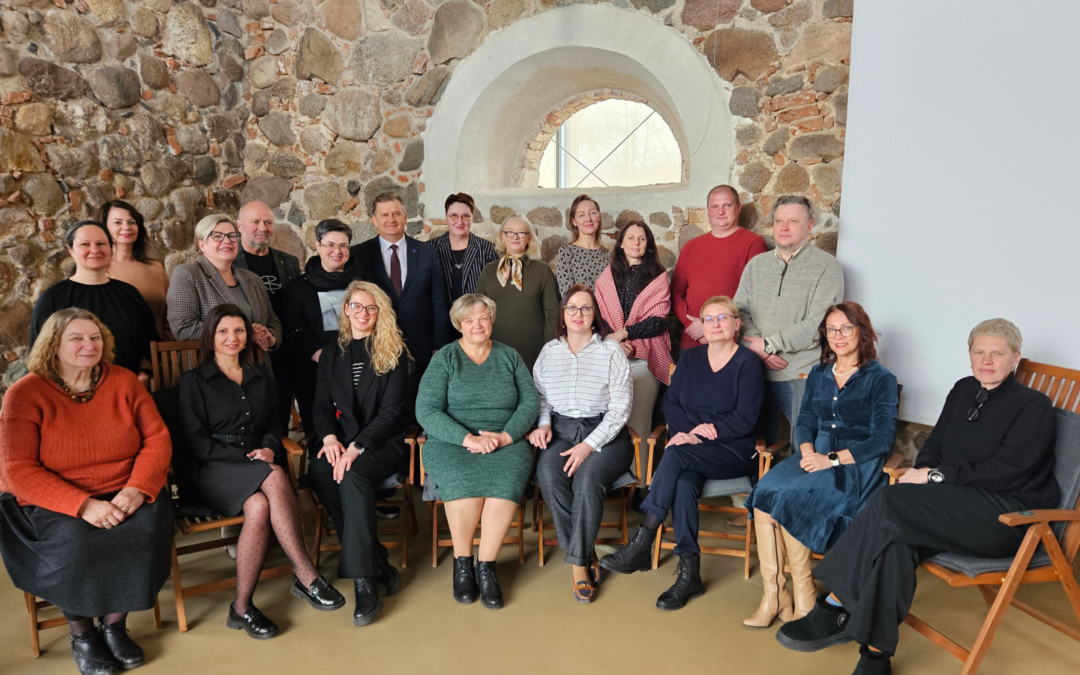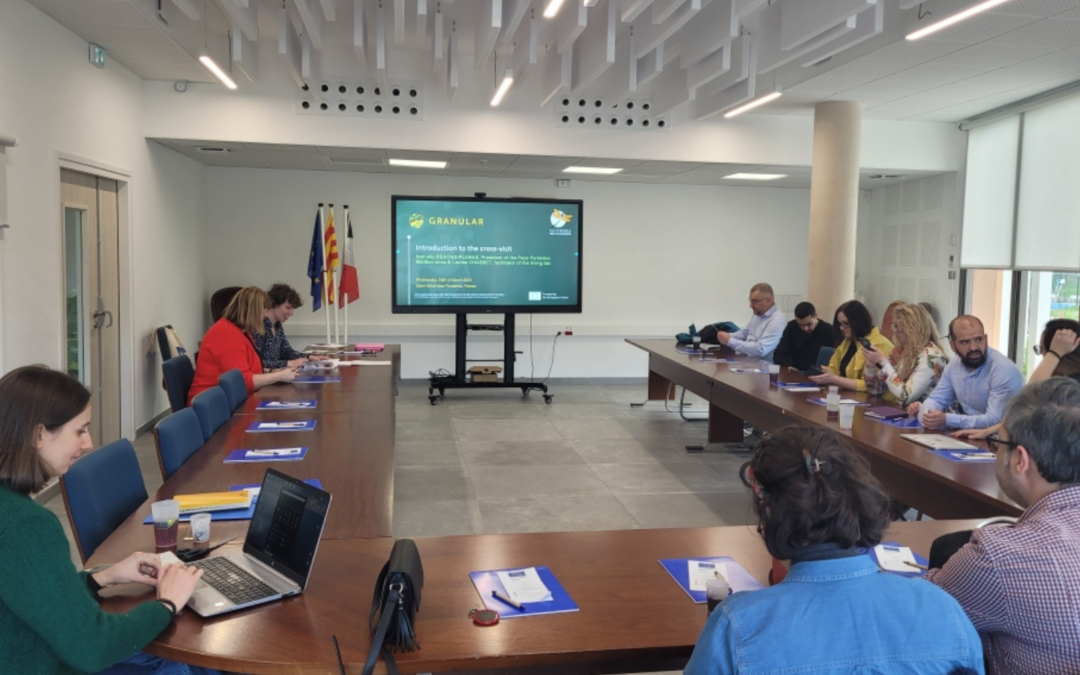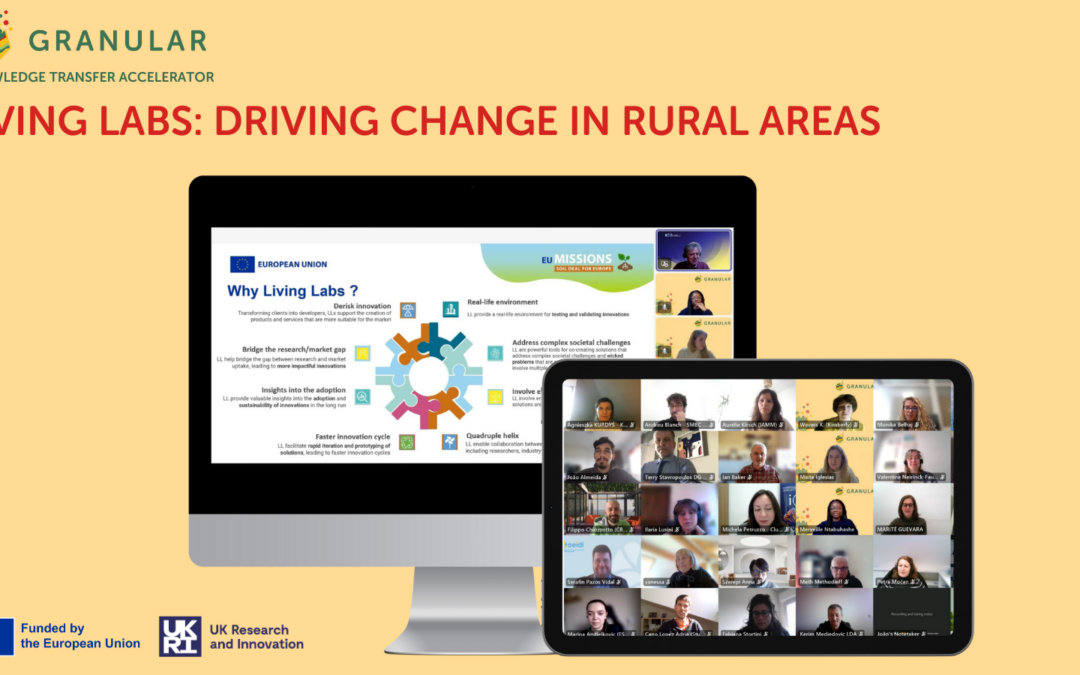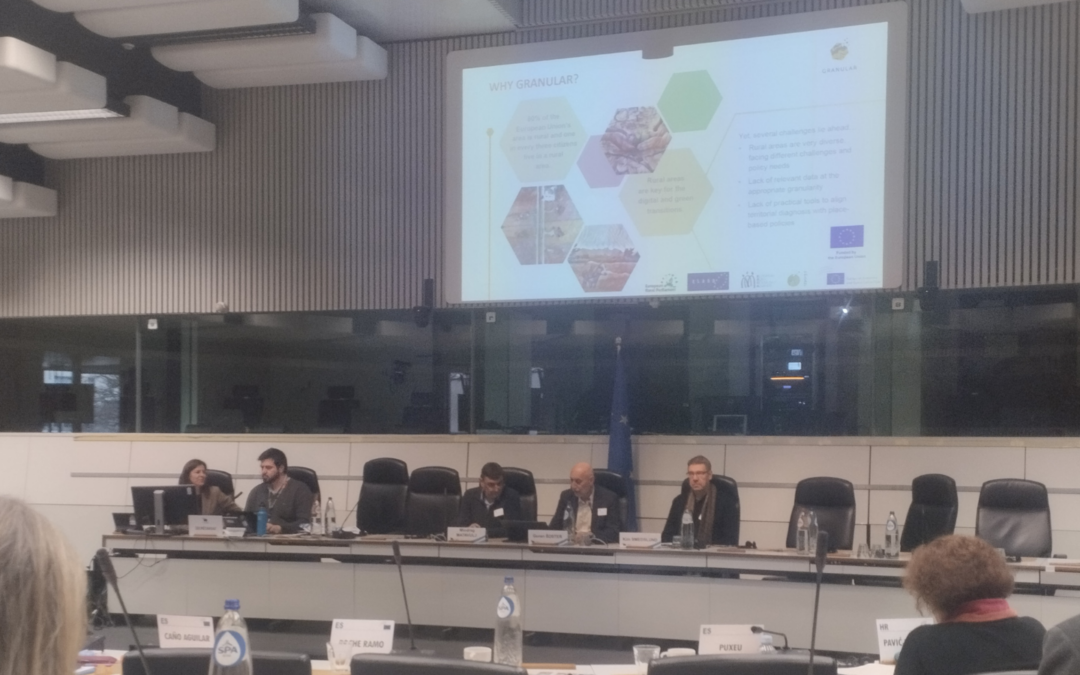Author: Blanca Casares (AEIDL)
The European Commission has recently published a study on funding for EU rural areas. This study focuses on the contributions of the 2014-2022 Common Agricultural Policy (CAP) period in addressing the needs and actions outlined under the EU’s rural vision. Additionally, it provides a preliminary analysis of the programmed interventions under the 2023-2027 CAP.
CAP’s role in supporting rural areas
The CAP is a cornerstone of the EU’s efforts to ensure balanced territorial development. It covers a wide range of objectives aimed at enhancing the competitiveness of agriculture, promoting economic development, and fostering social inclusion. Importantly, the CAP’s reach extends beyond farming to support broader rural development goals, addressing challenges such as poverty reduction and the revitalisation of remote rural areas.
One of the critical ways the CAP supports rural development is through specific measures like village renewal, and LEADER, which empowers local communities to boost development initiatives. These measures stimulate economic activity, improve living conditions, and enhance the overall quality of life in rural areas. The study also suggests enhancing investments through other EU funds targeting rural areas, such as the European Regional Development Fund (ERDF), the Cohesion Fund (CF), the European Social Fund Plus (ESF+), and the European Maritime and Fisheries Fund (EMFF).
The study highlights the importance of integrating CAP funding with national rural development strategies. This integration ensures that financial resources are used effectively to meet the unique needs of rural communities across different Member States.
CAP Strategic Plans: A forward-looking approach
The introduction of CAP Strategic Plans (CSPs) in the programming period 2023-2027 reform marked a significant shift in how rural development is approached. These national Plans guide the use of both the European Agricultural Guarantee Fund (EAGF) and the European Agricultural Fund for Rural Development (EAFRD), ensuring a more strategic and integrated use of resources.
CAP SPs are designed to align with broader EU objectives, particularly those related to green and sustainable development. Specific objectives, such as SO8 (“jobs and growth in rural areas”), and various intervention types (INVEST, COOP, INSTAL, KNOW), are included in these plans to support activities that go beyond farming. These activities encompass social inclusion, local development, broadband infrastructure, and environmental sustainability, reflecting a holistic vision for rural development.
A notable feature of CAP SPs is the promotion of multi-funding approaches like LEADER, which support integrated rural development. LEADER strategies empower local actors to design and implement projects tailored to their specific needs, fostering innovation and community engagement.
Recommendations for streamlining funding
The study sets out several recommendations to streamline the funding available to rural areas at various levels:
- Improving the integration of CAP support and national or regional support schemes to increase effectiveness – holistic policy approaches improve the targeting of CAP and other EU funds in rural areas.
- Enhancing synergies between CAP support and other EU funds to plan and strengthen ERDF/CF and ESF support, especially to remote and constrained rural areas.
- Multi-funding approaches – such as Community-Led Local Development CLLD/LEADER and Integrated Territorial Investments (ITIs) – can enhance the relevance and coherence of the support, even though they require greater coordination and may cause a greater administrative burden. This calls for expanded capacity building in the implementation of EU funding, especially for local actors.
- Strengthening the use of specific instruments – such as territorially targeted funding and specific calls – is necessary to ensure that more deprived rural areas can access CAP funding.
- Continuing support to managing authorities and other stakeholders through activities such as those under the Rural Pact to improve implementation and knowledge sharing.
The study underscores the critical role of CAP interventions and CAP SPs in fostering rural development. By focusing on comprehensive data preparation and strategic alignment of funding mechanisms, the EU aims to address the multifaceted needs of its rural regions. Increasing budget allocations for interventions beyond farming and ensuring coherence among various funding sources will enhance the effectiveness of rural development initiatives, contributing to the prosperity and sustainability of rural areas across Europe.
For further details, you can access the full report and related documents on the European Commission’s website.
